

Max Davies
2026 Toyota HiAce review
51 Minutes Ago
Car-based utes are but a memory for Australians, but similar types of vehicles still fill dealer forecourts across the Americas – and sometimes beyond.

Journalist
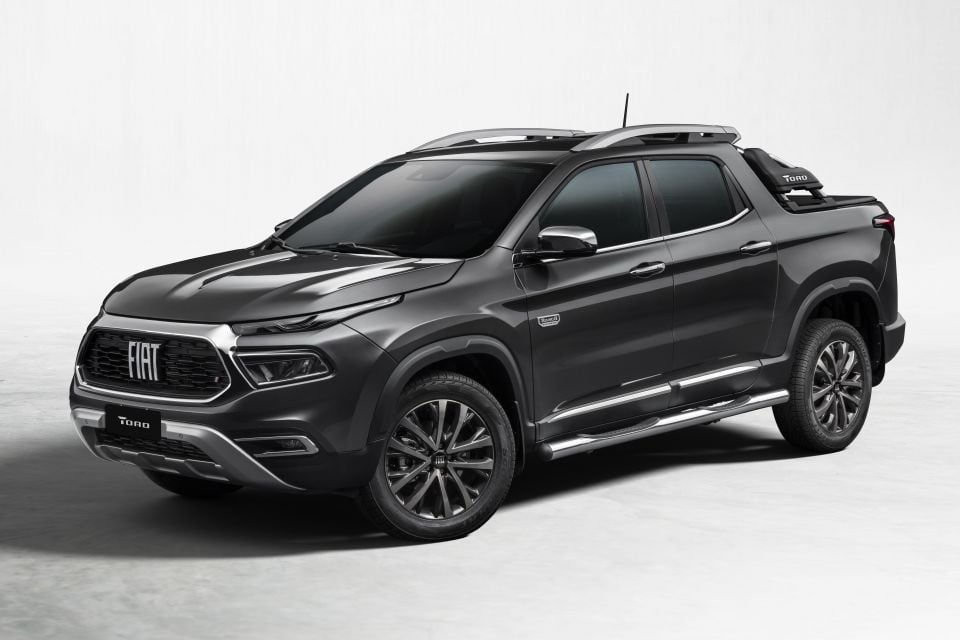

Journalist
Once upon a time, not that long ago, overseas enthusiasts cast wanting eyes towards our car-based utes with passenger car driving dynamics, the flexibility of an open tray, and the availability of turbocharged six-cylinder and lairy V8 engines.
While the Ford Falcon and Holden Commodore utes still traverse the roads of our wide brown land, they’re both out of production, and now Australians look enviously to the rest of the world.
In the USA, the “lifestyle pickup” segment could be the new craze with the Ford Maverick and Hyundai Santa Cruz both due to go on sale in 2021.
South of the border, car-based utes account for around five per cent of all sales in Latin America. These vehicles are either based on entry-level hatchbacks, or larger crossover-based models.
Here’s a taster of what the rest of the world is offered when it comes to car-based utilities.
UPDATE, 11/06/2021 2:14pm – It’s been a big week in car-based utes. We’ve updated our story, and brought it to the home page.
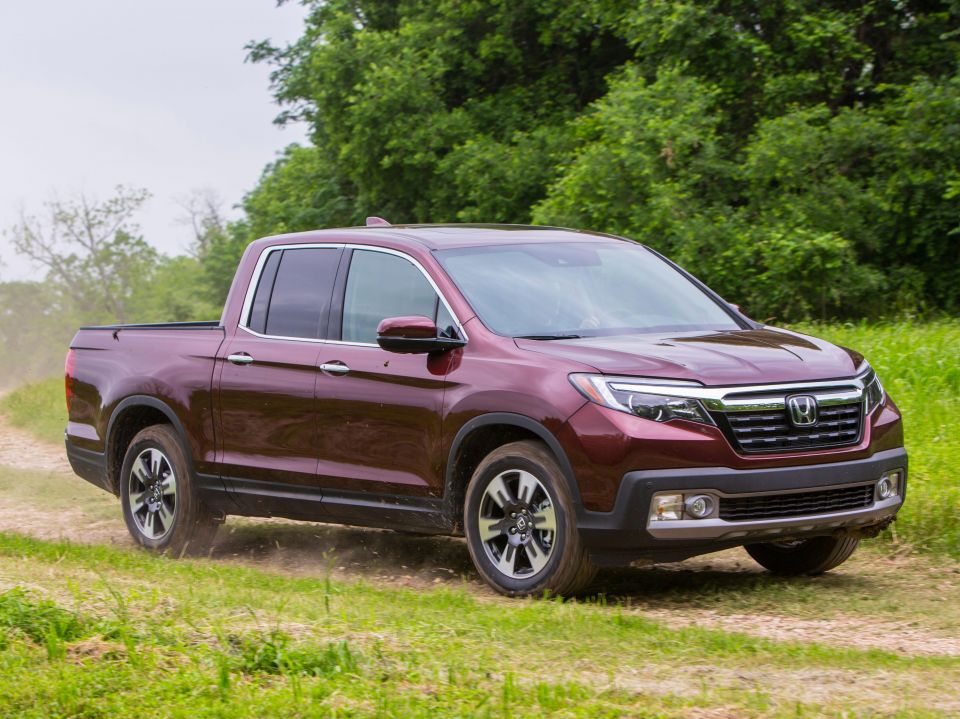

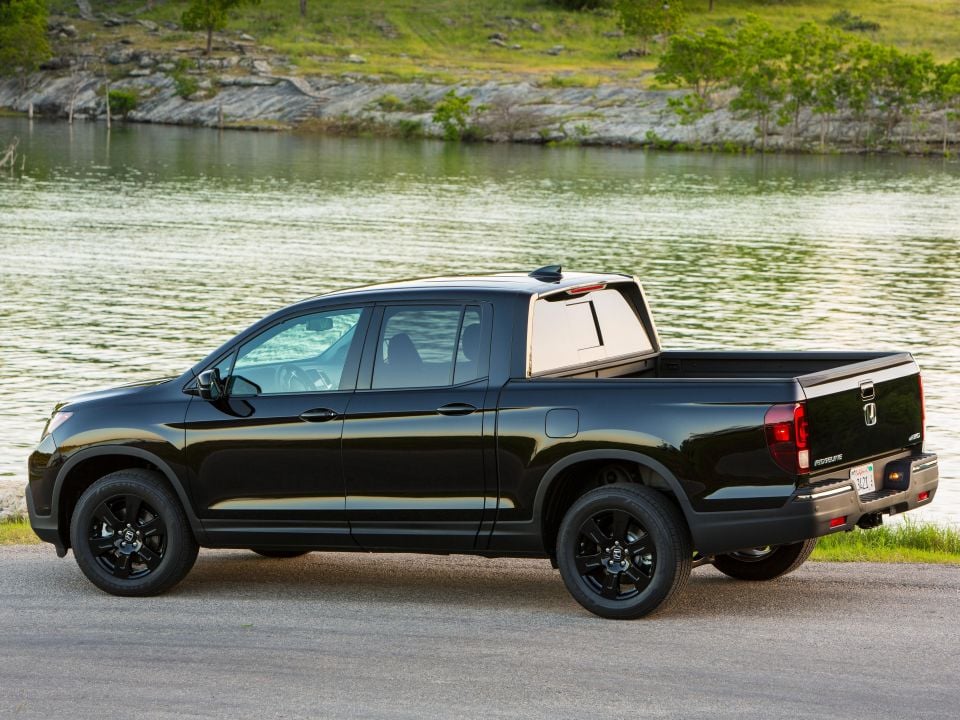
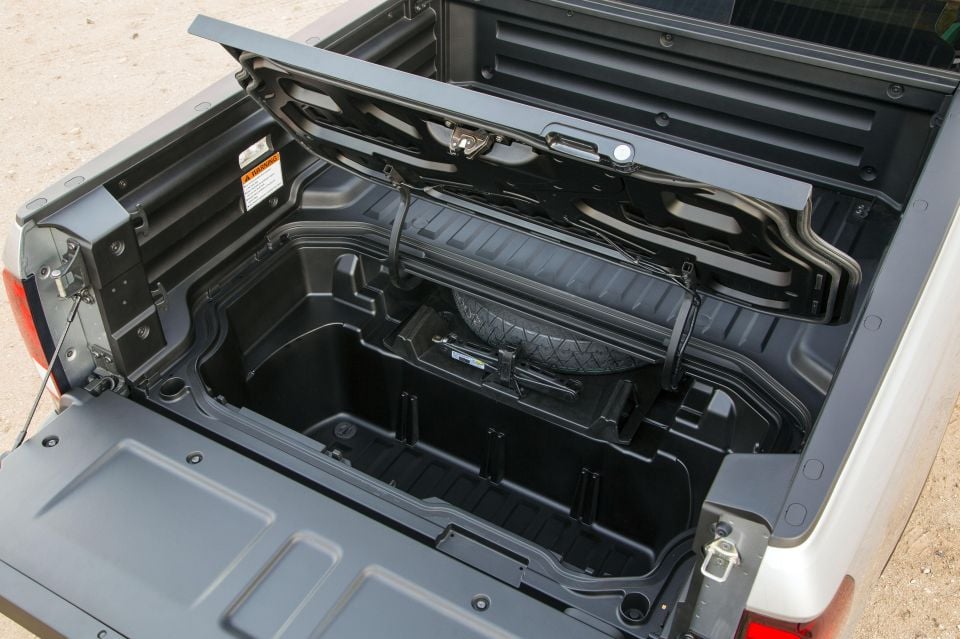
Engine: 3.5-litre V6 with 210kW and 355Nm Payload capacity: 655kg to 700kg Dimensions: 5.33m long, 2.0m wide, 1.80m tall, 3.18m wheelbase Price: From US$33,900 ($48,800)
Sized to compete with the likes of the Toyota Tacoma, Chevrolet Colorado and Ford Ranger, the Honda Ridgeline doesn’t have a body-on-frame setup like its nearest rivals. Instead, it’s based on the eight-seat Pilot crossover.
Indeed the Ridgeline shares many body panels with its crossover brother forward of the B-pillar. Compared to the Pilot, the Ridgeline has a longer wheelbase and a reinforced frame.
The first-generation Ridgeline had a completely unique body and largely unique underpinnings, but barely troubled the scorers when it came to sales.
This time around the company is shifting around 33,000 units per year, which is a drop in the ocean compared to the segment-leading Tacoma and its 248,000 sales in 2019.
The Ridgeline was recently updated with revised front-end styling and the option of wheel arch protections to give it a bit more visual differentiation from the Pilot.
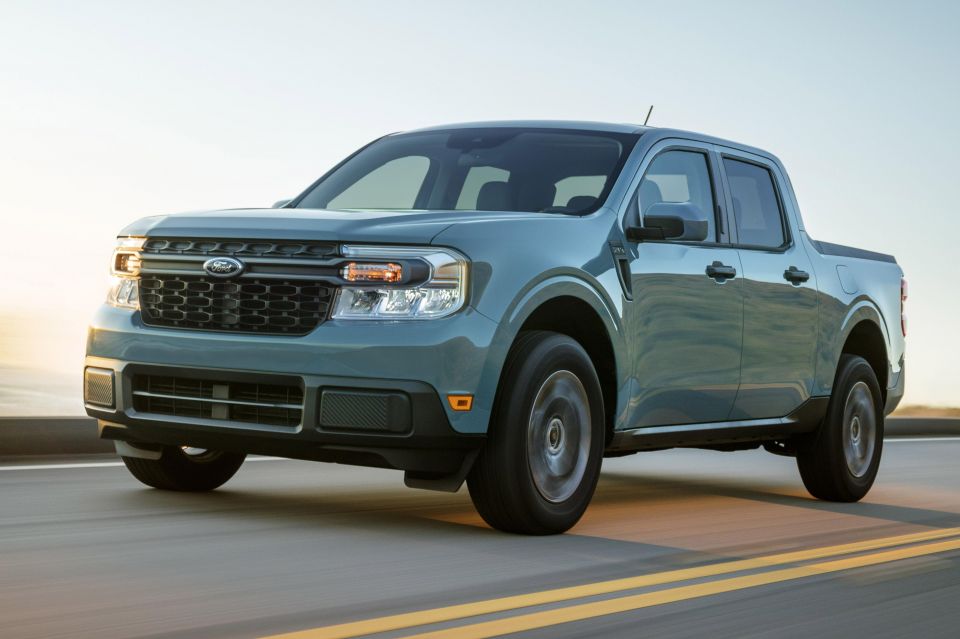
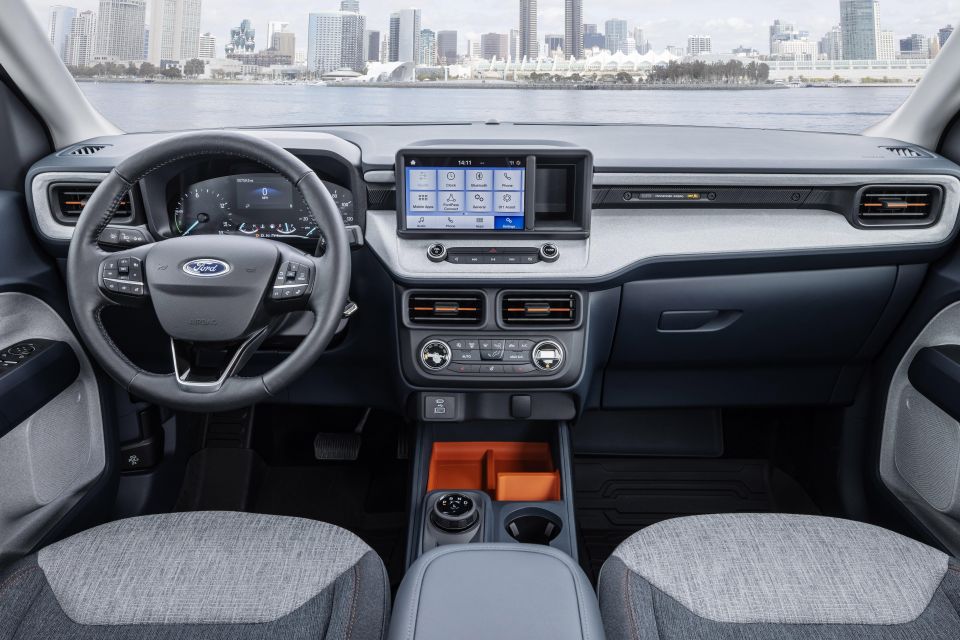

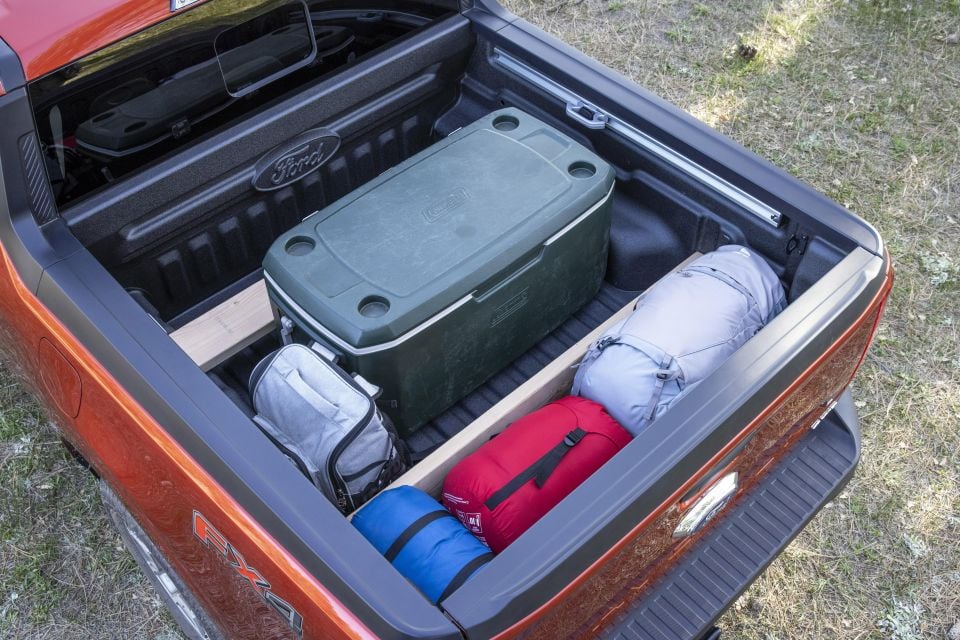
Payload capacity: 680kg Dimensions: 5.07m long, 1.84m wide, 1.75m tall, 3.08m wheelbase Price: From US$19,995 ($25,800)
While the Maverick has grabbed a lot of headlines for its sub-EcoSport entry-level model with steel wheels, we suspect most buyers will gravitate towards the US$22,280 ($28,750) mid-spec XLT.
With such sharp pricing, the company is even hoping to lure buyers away from the Honda Civic and Toyota Corolla.
Based on the Bronco Sport and Escape, the Maverick has blocky upright styling that links it to the ever-popular F-150.
Under the bonnet is a 143kW 2.5-litre four-cylinder hybrid powertrain with front-wheel drive and a CVT is standard.
For those happy to sacrifice fuel economy for more punch, there’s a 186kW/373Nm 2.0-litre turbo available with either front- or all-wheel drive.
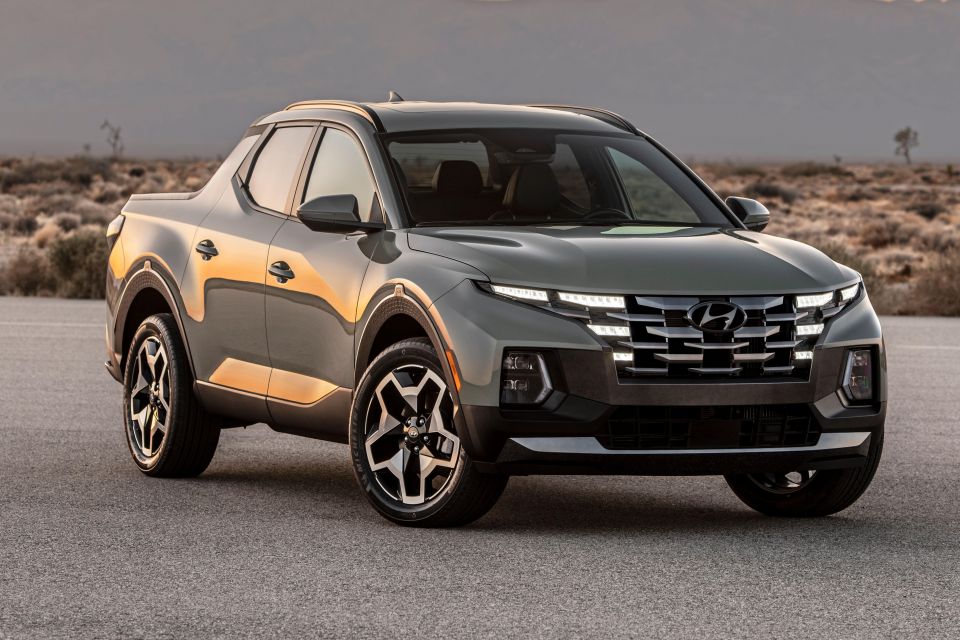

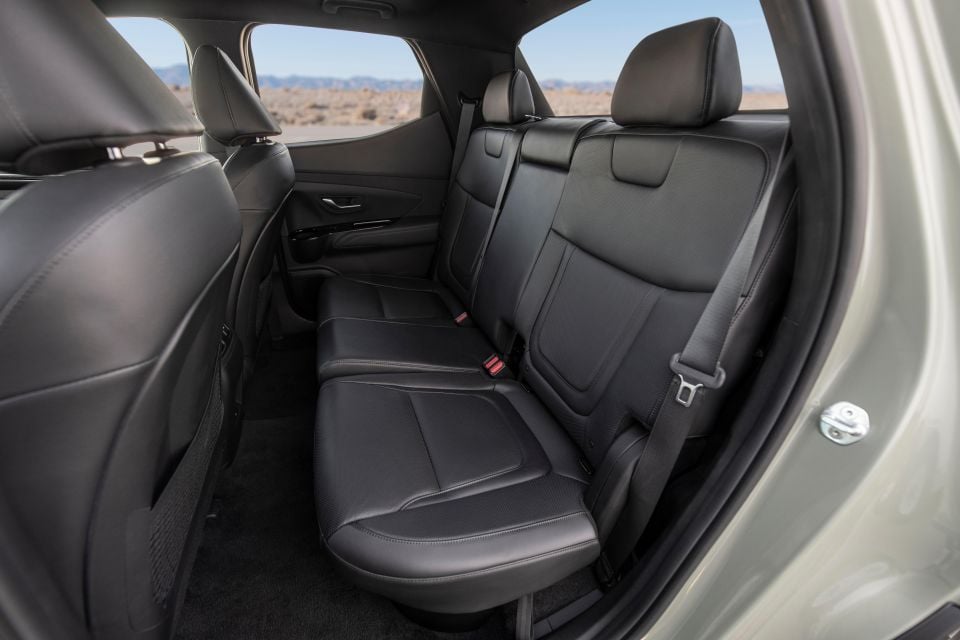
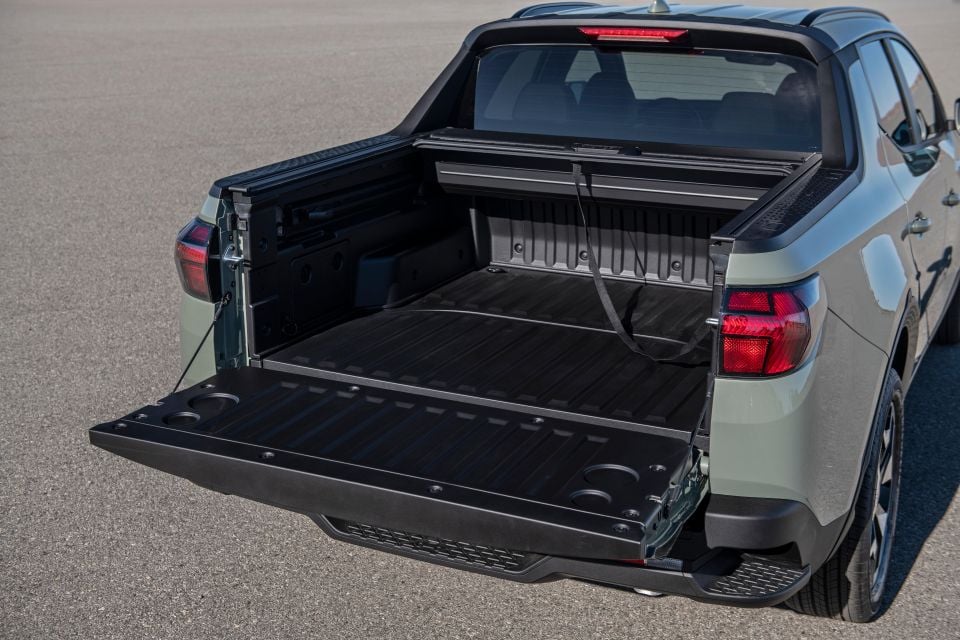
Payload capacity: Up to 793kg Dimensions: 4.97m long, 1.91m wide, 1.69m tall, 3.01m wheelbase Price: TBA
Based on the Tucson, the Santa Cruz looks similar to its crossover sibling, but its exterior is entirely unique.
The interior is a straight lift from the Tucson, so the top-spec models have 10.25-inch instruments and a 10.25-inch infotainment touchscreen. There are removable bins under the rear seats for a bit of covered storage.
There are two engines on offer: a 142kW/244Nm 2.5-litre four-cylinder with an eight-speed auto, and a 205kW/420Nm 2.5-litre turbo with an eight-speed dual-clutch.
Front-wheel drive is standard, but all-wheel drive is available.
Towing ability varies depending on the drivetrain, with the front-wheel drive 2.5-litre rated at around 1590kg, while the all-wheel drive 2.5-litre turbo can haul up to 2270kg.
Due to go on sale during the northern summer of 2021, the sales success or otherwise of the Santa Cruz will depend a lot on its pricing, which Hyundai has yet to reveal.
Given its premium-ish interior, it will likely be north of the sharply priced Maverick.
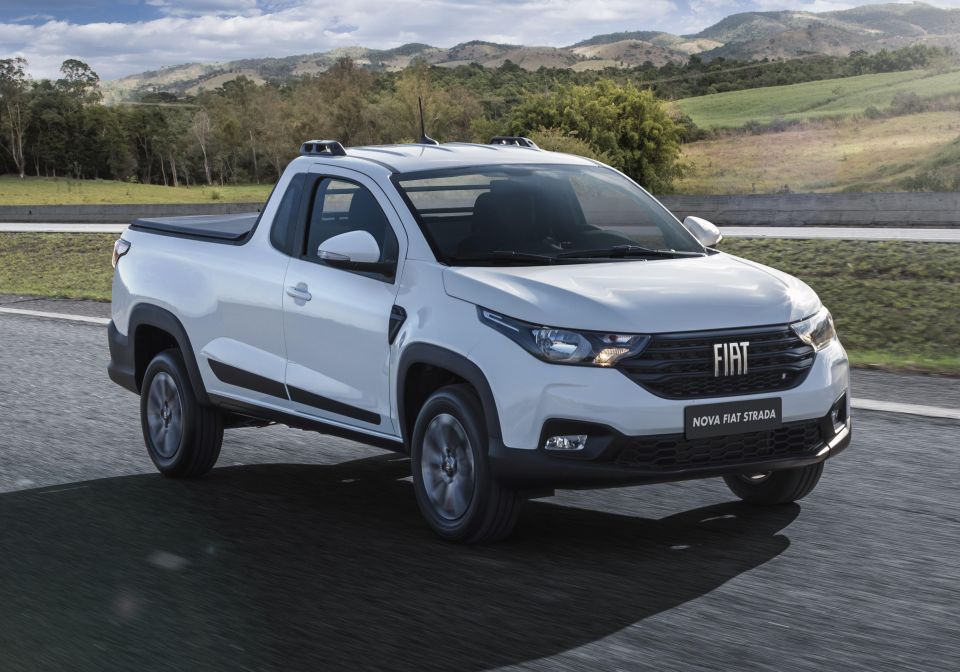
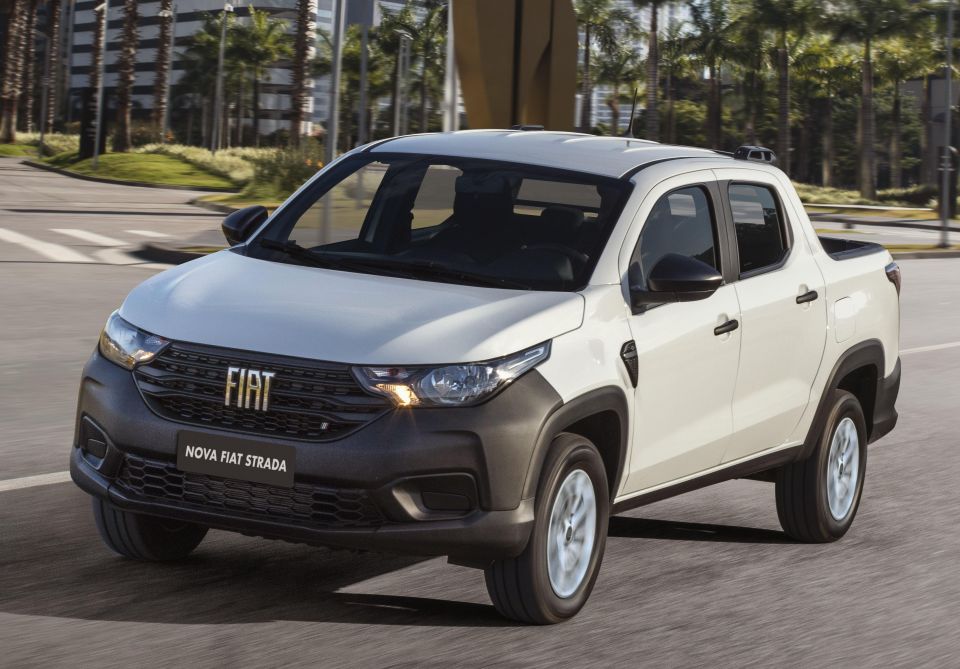
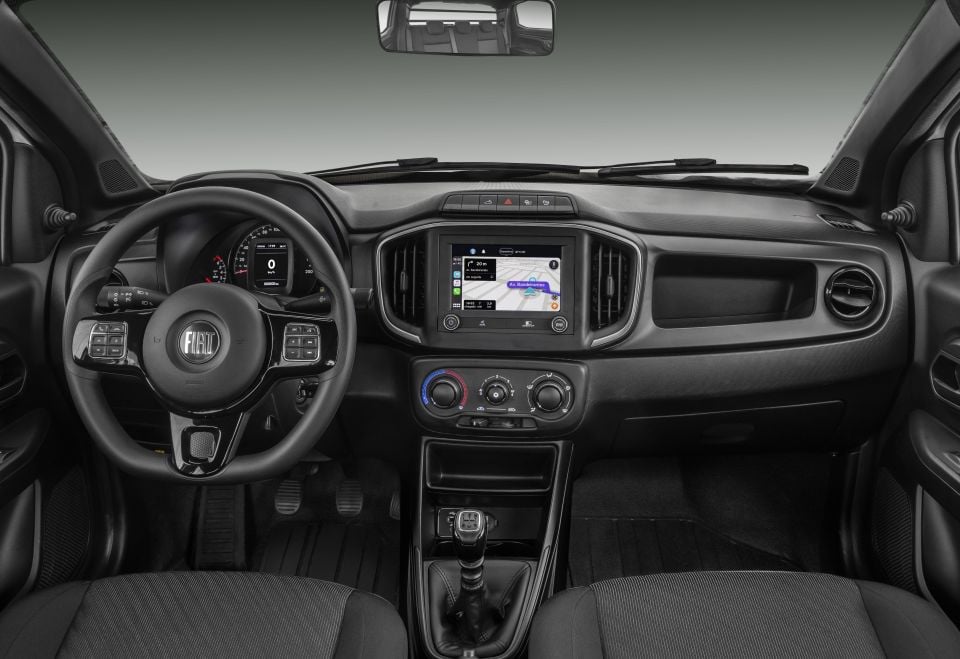
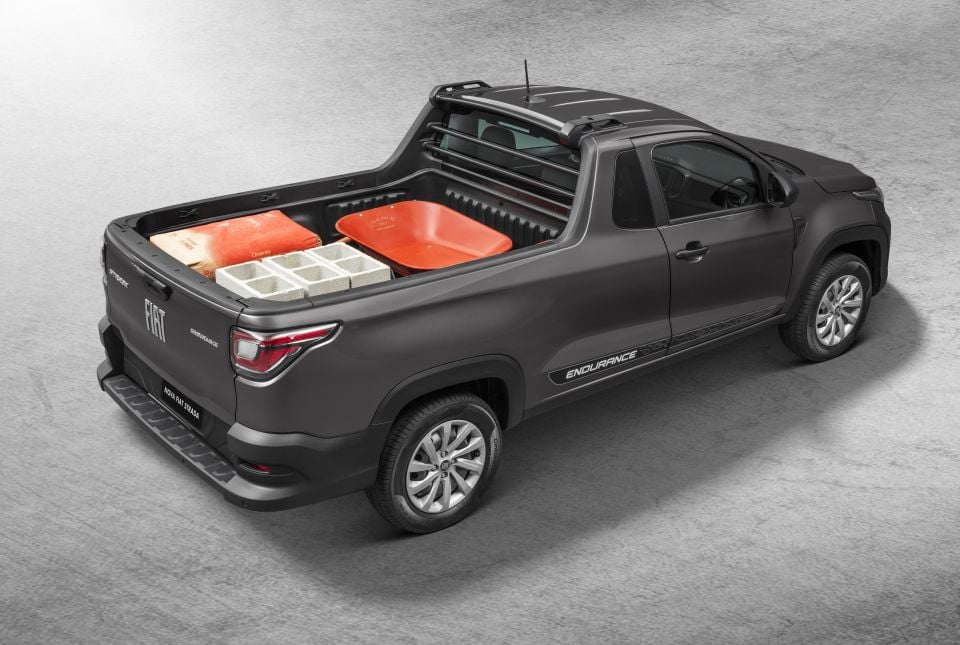
Payload capacity: 720kg (single cab), 650kg (dual cab) Dimensions: 4.47m long, 1.73m wide, 1.61m tall, 2.74m wheelbase
Launched this year in Brazil, the second-generation Strada is based on the newer Argo hatch instead of the ancient Palio.
While the new Strada looks a lot larger than the first-generation model, it’s only slightly longer than the original. It is a fair bit taller and wider than the first-generation Strada, though.
The new model is available with either two- and four-door bodies. There are two four-cylinder engines available: a 63kW/122Nm 1.4-litre, and a 77kW/134Nm 1.3-litre.
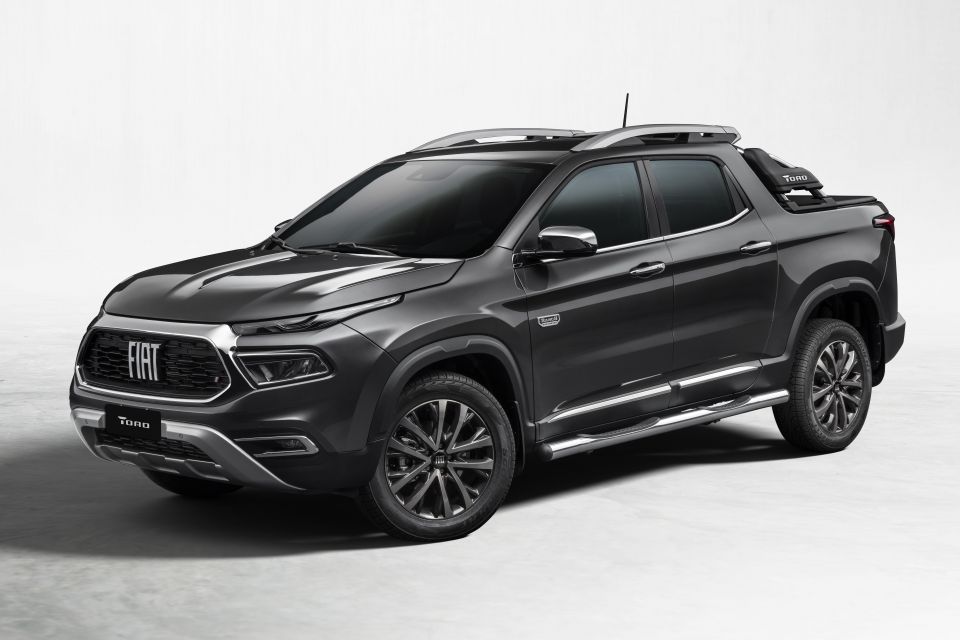
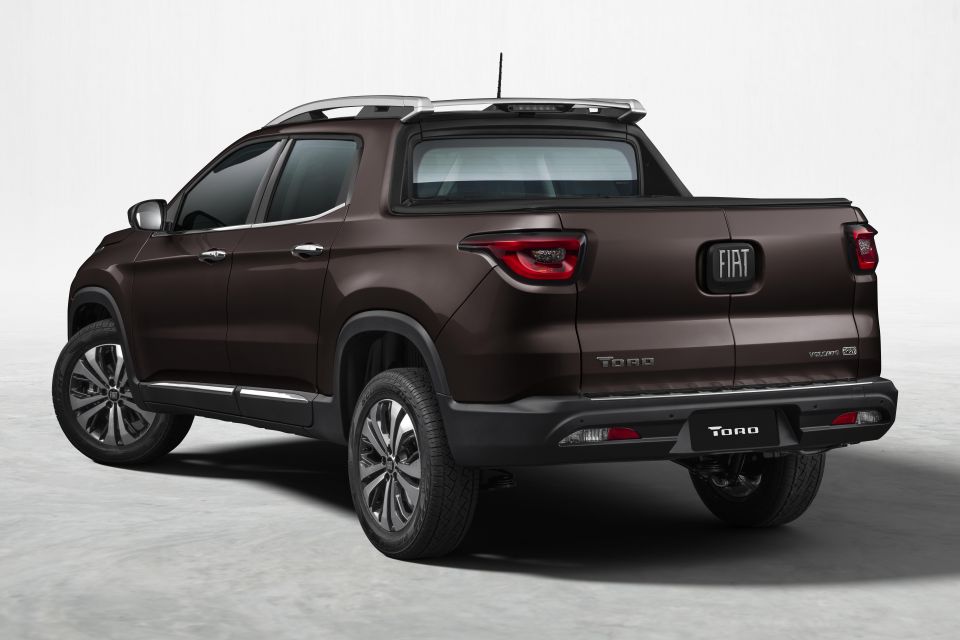
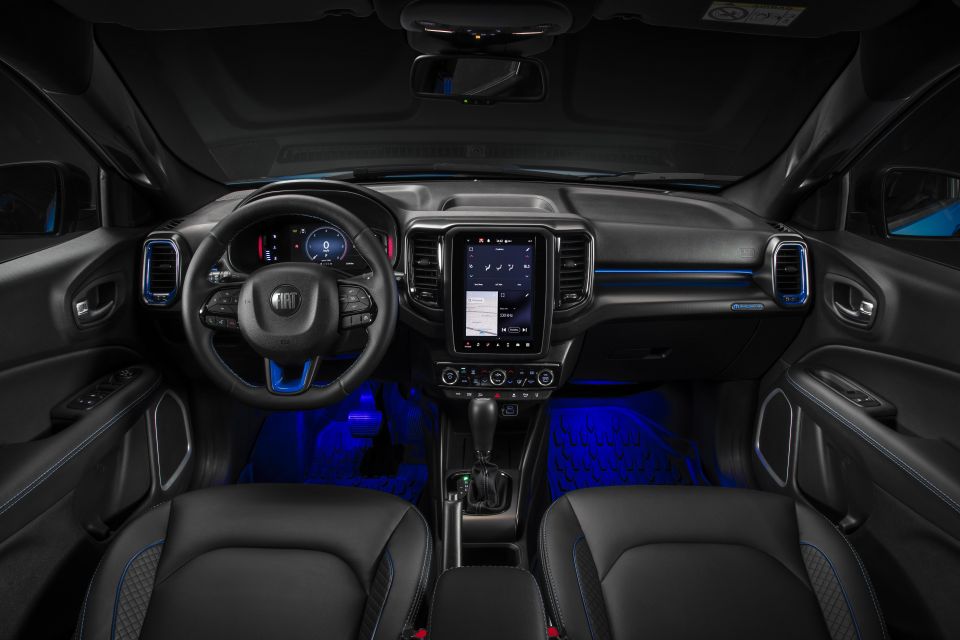

Payload capacity: 1000kg Dimensions: 4.92m long, 1.84m wide, 1.76m tall, 2.99m wheelbase
At almost five metres long, the Fiat Toro is several sizes larger than the Strada. In fact, it’s around the same size as the Hyundai Santa Cruz and the Ford Maverick, the latter of which it might face up against in Latin America.
Under the skin, the Toro has underpinnings derived from the Jeep Compass.
Launched in 2016, the Toro was facelifted this year with an even bolder face and an improved interior with either a 8.4-inch or portrait-oriented 10.1-inch touchscreen display.
Available solely as a dual-cab model, engine options include a 1.8-litre with 102kW, a 2.0-litre turbo-diesel with 125kW, and a turbocharged flex-fuel mill with 136kW.
In some Latin American markets the Toro is sold as the Ram 1000. Like the smaller 700, the only changes from the Fiat version are the badges.
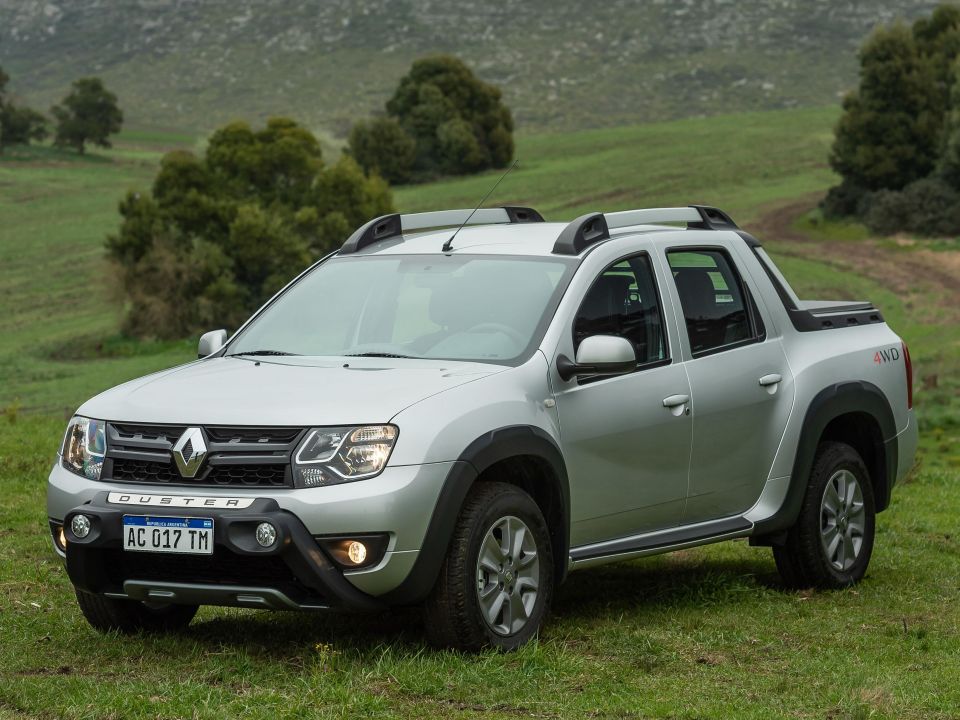
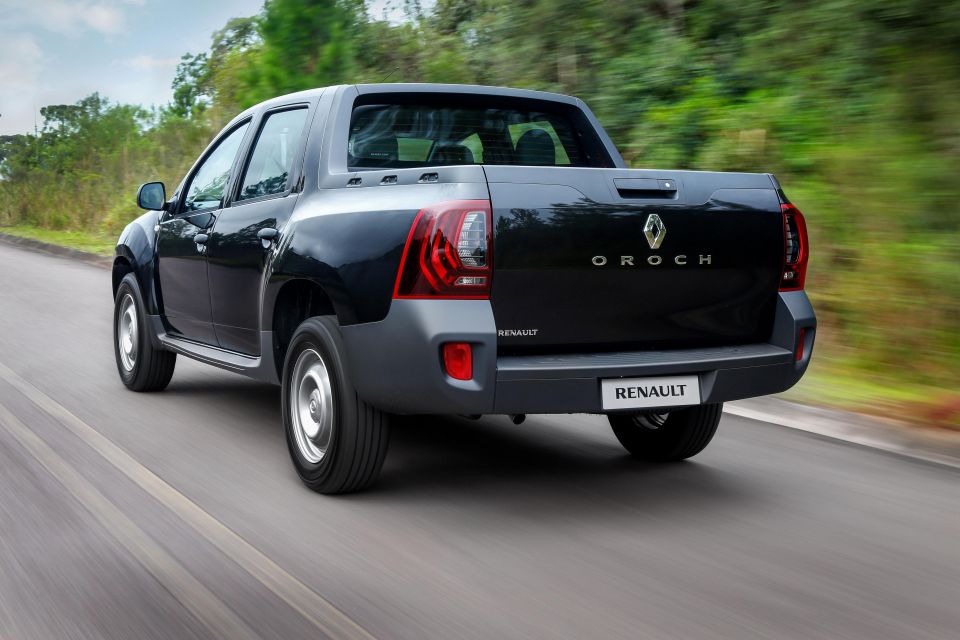

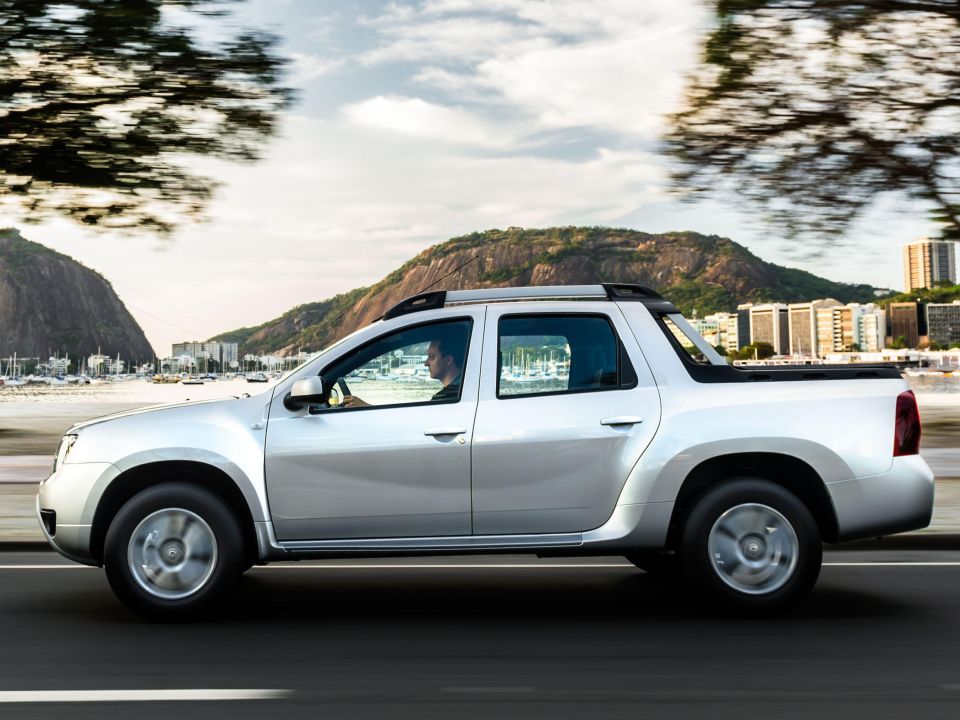
Payload capacity: 680kg Dimensions: 4.70m long, 1.82m wide, 1.69m tall, 2.83m wheelbase
Launched in 2016, the Oroch is based on the first-generation Dacia Duster crossover. Compared to SUV, the Oroch has a wheelbase that’s around 150mm longer and a body that’s 385mm larger.
Motivation comes from either a 1.6-litre with 87kW and 159Nm, or a 2.0-litre with 105kW and 198Nm.
The Oroch is only available in Latin America, and is sold exclusively with a dual-cab body. There was talk of bringing it to Australia, but price and safety problems quickly quashed any plans Renault may have had.
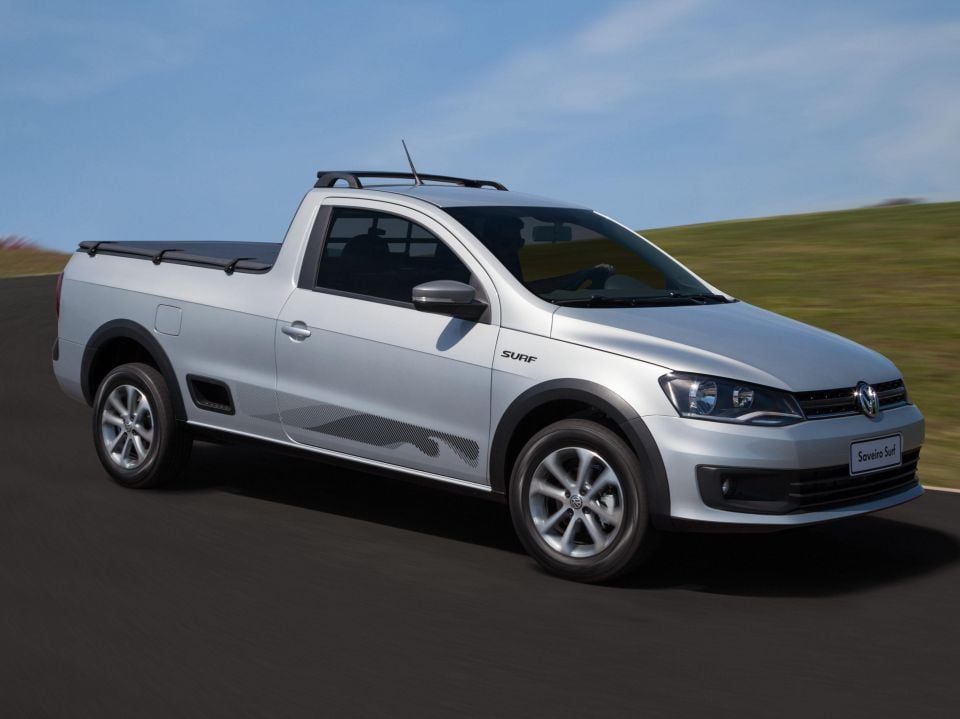
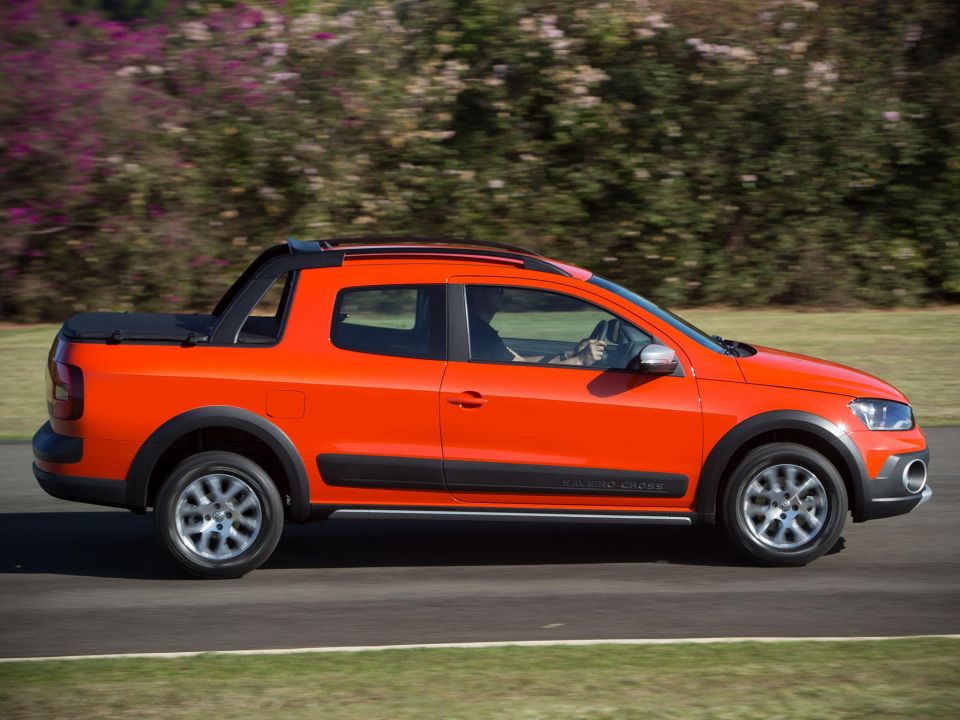
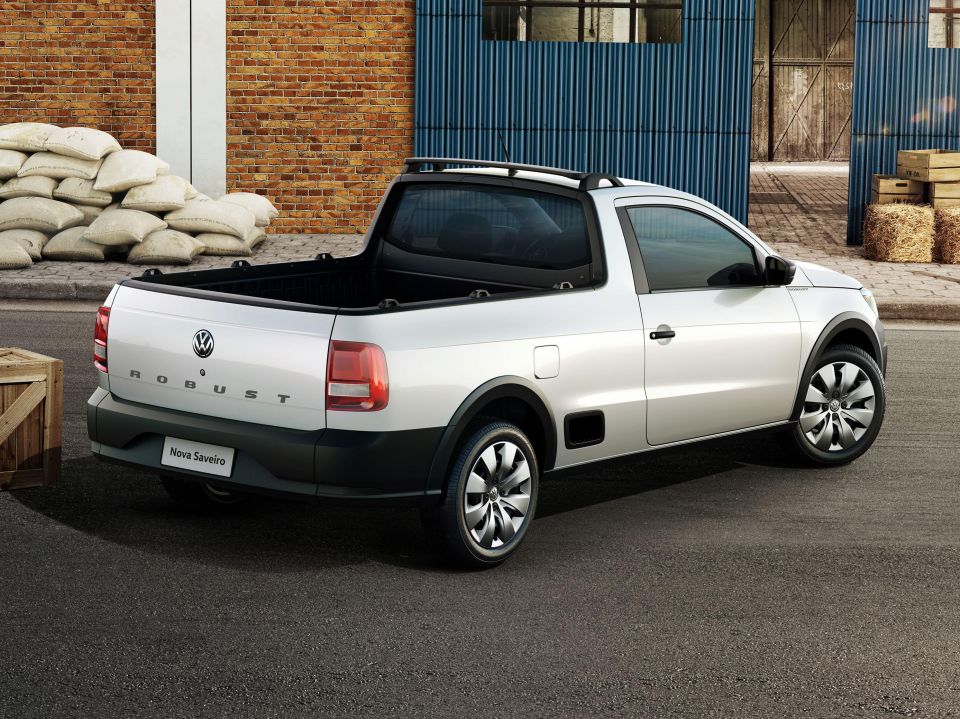
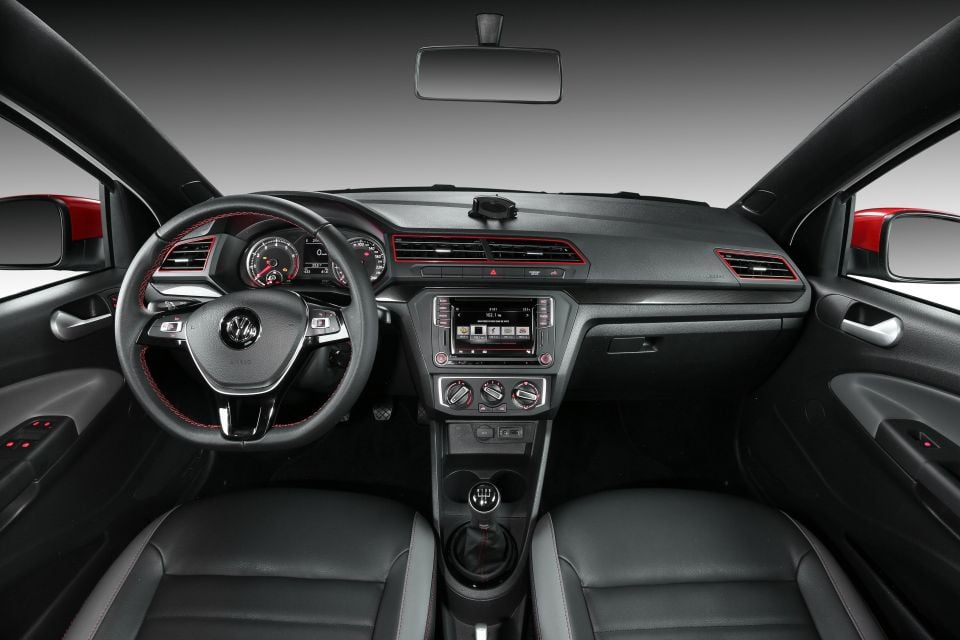
Payload capacity: Up to 712kg Dimensions: 4.49m long, 1.71m wide, 1.5m tall, 2.75m wheelbase
Launched in 2009, the Saveiro is based on the contemporary Gol hatch (3.8m long) and sedan (4.23m long).
Like the Gol, the Saveiro was given a major facelift in 2016 to bring the styling into line with Volkswagen’s other models. This included a new dashboard design and an infotainment system compatible with Android Auto and Apple CarPlay.
Two body styles are offered: a two-seat “cabina simple”, and an extended cab model with two doors and five seats.
Power comes from a 1.6-litre engine rated at 75kW.
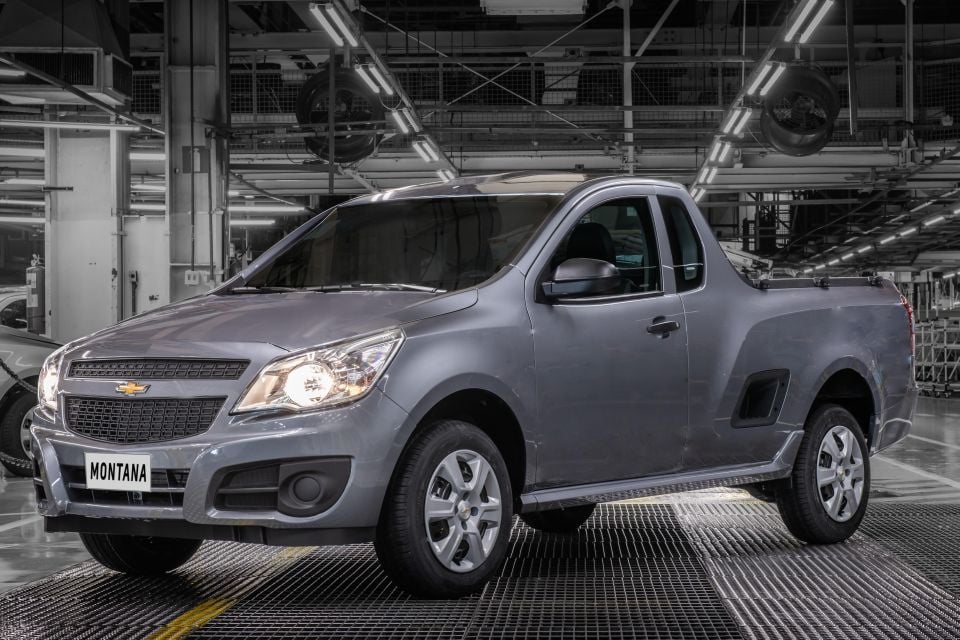
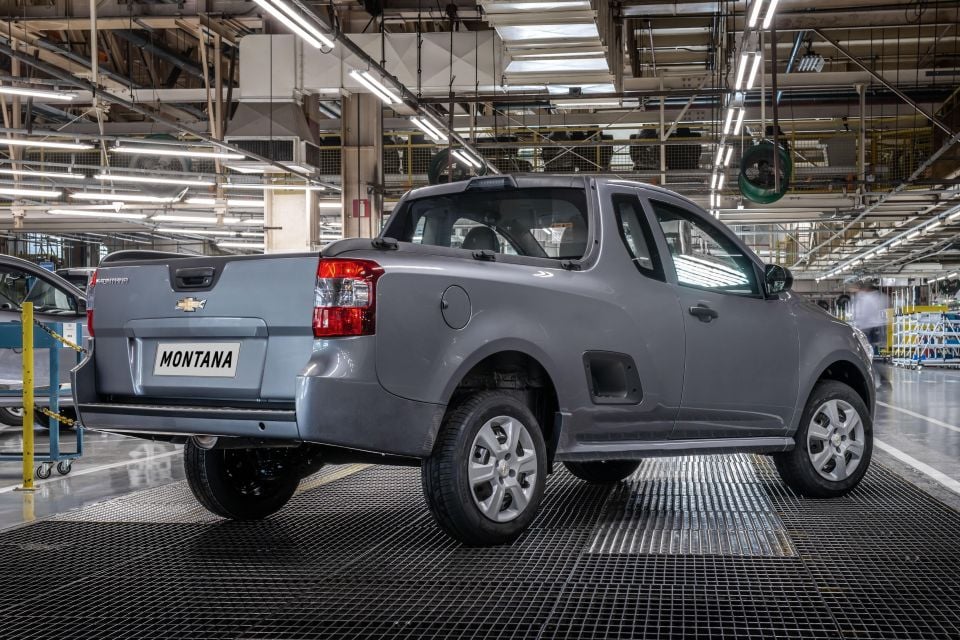

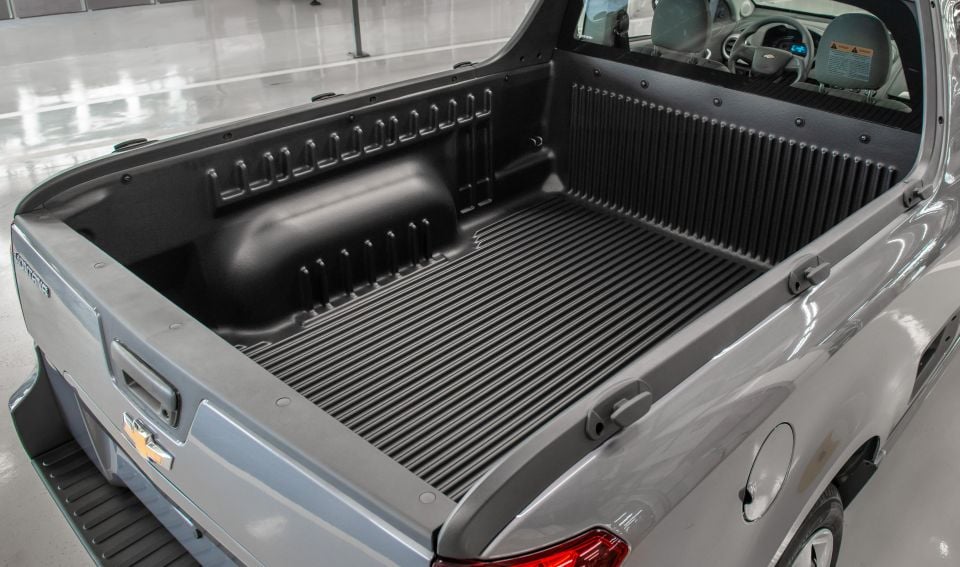
Dimensions: 4.51m long, 1.7m wide, 1.58m tall, 2.67m wheelbase Payload capacity: 734kg
The original Montana was essentially a third-generation Opel Corsa — sold in Australia as the Holden Barina — with a stretched wheelbase and a tray out the back.
For the second generation, which was launched in 2010, the Montana took the Agile hatch as its starting point.
While the Montana and Tornado names conjure up wide-open spaces and high velocities, the small ute makes do with a 1.8-litre engine rated at 78kW.
Unlike its direct competitors, the Montana is only available with a single cab body.


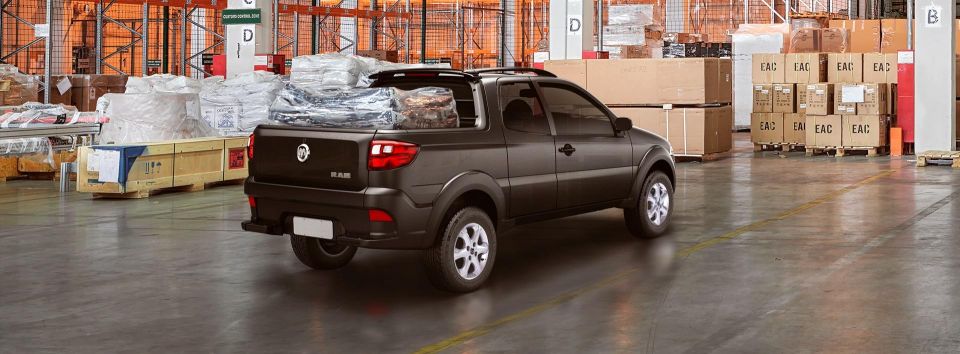
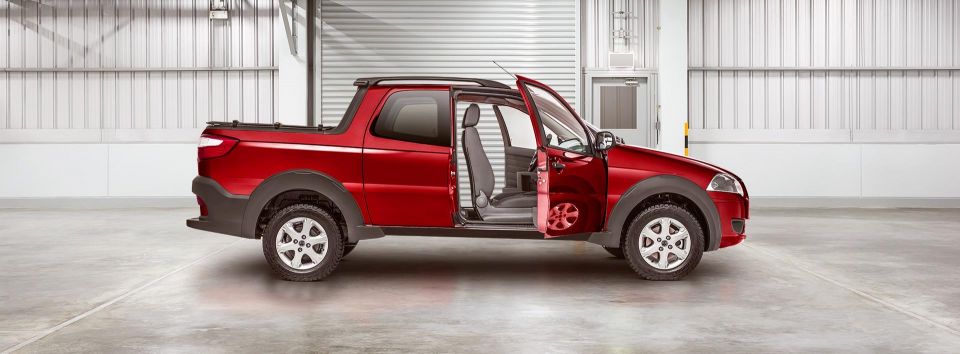
Payload capacity: 650kg to 700kg Dimensions: 4.41m long, 1.66m wide, 1.56m tall, 2.72m wheelbase
Since we first published this article in 2020, the first-generation Strada has been put out to pasture, with the new model fully taking its role as the entry-level ute in Latin America.
Introduced in 1996, the Strada is a ute based on the Palio hatch and Siena sedan sold in developing markets.
The Strada is significantly bigger than its donor vehicles. It’s 4.4m long – compared to 3.7m for the Palio hatch and 4.1m for the wagon. It also has a stretched wheelbase.
The first-generation Strada was facelifted and updated multiple times, most significantly in 2009 when it gained a heavily-updated exterior and a new extended cab version with a reverse-hinged door on the passenger side.
Options under the bonnet include a 1.4-litre engine with 64kW, and a 1.6-litre mill with 85kW.
It is sold in Mexico under the Ram brand, but lacks any of the styling features of the much larger 1500 model.
Do any of these car-based utes tickle your fancy? Which would like to see grace Australian dealerships? Let us know in the comments section below.
Derek Fung would love to tell you about his multiple degrees, but he's too busy writing up some news right now. In his spare time Derek loves chasing automotive rabbits down the hole. Based in New York, New York, Derek loves to travel and is very much a window not an aisle person.


Max Davies
51 Minutes Ago


William Stopford
17 Hours Ago


Ben Zachariah
18 Hours Ago


Derek Fung
18 Hours Ago


Matt Campbell
1 Day Ago


William Stopford
2 Days Ago